When it comes to home improvement, there are is nothing that can improve your properties value and appeal as drastically and as immediately as landscaping does. A well planned and effective landscaping scheme not only increases the market value of your home, but affords a number of other benefits such as increased privacy and protection. Landscaping can even help you reduce the energy usage in your home.
Every bit as important as the landscaping scheme itself is the irrigation plan that will keep your investment looking green and vibrant for years to come. Irrigation should be a part of the plan, not an afterthought. After all, it is much easier to put in a sprinkler system before you have your expensive plants and other features in place than to try to add one later.
There are a number of basic irrigation systems, and it is important to understand each. This way, during the planning phase of your landscaping, you can decide which will work best for your particular needs. A solid landscape takes years to mature and become a reality. Think of your irrigation system as the backbone for the rest of your project to unfold and develop.
The most common type of irrigation system is the underground sprinkler system. An underground system allows you to keep your investment healthy and happy without requiring an exorbitant amount of time. The drawback to this underground, timed irrigation systems is that they use more water. Even the newer, more conservative systems still use more water than would be used by manually watering.
A more cost effective and conservative form of irrigation is the aboveground drip system. These irrigation systems offer a couple of benefits above underground sprinklers. Drip irrigation uses less water, losing less to evaporation. They are also able to water more deeply, which encourages root growth. On the negative side, aboveground drip systems can be more easily damaged, and, because they are more conspicuous, are not as aesthetically pleasing as underground systems.
Manual watering is an attractive option for those wishing to conserve water while maintaining a low-visibility watering system. Watering by hand, or by use of a mobile sprinkler system, allows you to have maximum control over the amount of water you use and allows you to focus water delivery on higher need plants instead of indiscriminate water delivery. Of course, this method is not preferable to everyone, as it does require significantly more time than automated systems do.
It is important to have a clear idea of both the water needs of your landscape and your time constraints as an owner before deciding which type of system is best for you. Again, installing a system before starting your installation will save you a lot of time and a huge headache should you realize that you are unable to water by hand after the fact. With a bit of planning before hand, you will be able to protect your landscaping investment and enjoy it for years to come.
Article Source:
